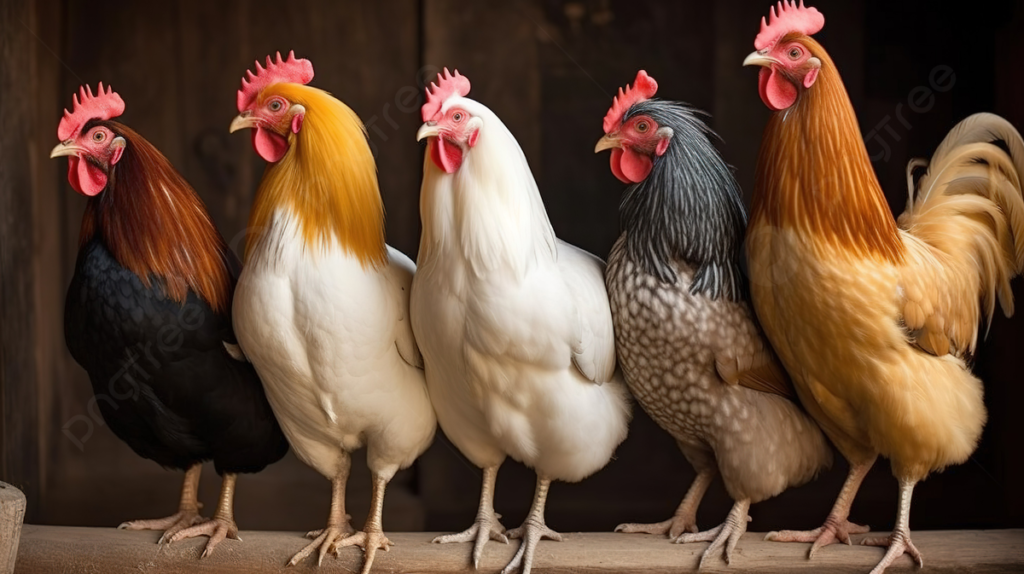What is a Group of Chickens Called? (Complete List + Why?)

Chickens, one of the most common domesticated birds, have a fascinating social structure. But what exactly do we call a group of chickens? The answer isn’t as straightforward as you might think. Whether you’re a seasoned poultry farmer or just a curious observer, this article breaks down the terminology and behavior of chickens in groups.
Other Terms for a Group of Chickens
A group of chickens is most commonly referred to as a "flock." However, there are other terms used based on the context and composition of the group:
- Brood: A group of chickens that includes a hen and her chicks.
- Clutch: Specifically refers to a group of eggs laid by a hen at one time, but it can also describe a group of chicks hatched together.
- Peep: Refers to a group of baby chicks.
- Flock: The general term for any group of chickens, regardless of age or gender.
These terms vary depending on whether the chickens are in the wild, on a farm, or at different life stages.
Do Chickens Flock Together in Groups?
Yes, chickens naturally form flocks. They are highly social birds that depend on group dynamics for survival, protection, and social interaction. In the wild, their ancestors, the Red junglefowl, also lived in flocks. This social behavior has been retained in domesticated chickens.
Why Do Chickens Flock Together?
Chicken Societies
Chickens flock together for several reasons, including safety, communication, and cooperation. When in a group, chickens can:
- Deter predators: There’s safety in numbers. A larger group is more intimidating to predators.
- Find food more efficiently: Chickens communicate with specific calls to alert others about food sources.
- Socialize and establish hierarchy: Chickens live by a "pecking order," a strict social hierarchy that dictates access to resources like food and nesting spots.
Understanding these behaviors sheds light on why they prefer staying together.
When Do Chickens Flock Together?
Chickens typically stay in flocks throughout their lives. However, their grouping tendencies can vary based on:
- Age: Young chicks tend to stick close to their mother or siblings, forming tight broods.
- Environment: Free-range chickens will often form smaller subgroups within larger flocks to explore their surroundings.
- Breeding season: During this time, males and females might form different social groups.
How Many Chickens Are in a Flock?
The size of a flock varies greatly depending on the environment. A small backyard flock might consist of 5-10 chickens, while larger farm flocks can have dozens or even hundreds. In the wild, a flock of Red junglefowl usually includes 3-20 birds.
Do Chicken Families Stay Together?
Chickens do not form long-term family bonds like some bird species. However, chicks typically stay with their mother until they are old enough to fend for themselves. Once mature, chickens integrate into the larger flock and adhere to the established pecking order.
What Is a Flock of Roosters Called?
A group of roosters is often called a bachelor group or bachelor flock. These groups usually form when roosters are separated from hens or when young males are raised together without access to females. Such flocks have their own hierarchy but are less stable compared to mixed-gender groups.
What Is a Pair of Chickens Called?
A pair of chickens, consisting of a rooster and a hen, doesn’t have a specific term beyond "pair." However, they can sometimes be referred to as a breeding pair in agricultural or breeding contexts.
What Is a Group of Baby Chickens Called?
A group of baby chickens is called a brood or a peep. The term "brood" is more commonly used in farming, while "peep" is informal and often used endearingly.
Are Chickens Aggressive?
Chickens can exhibit aggressive behavior, especially in situations involving limited resources, overcrowding, or during the establishment of the pecking order. Common aggressive behaviors include:
- Pecking: Used to assert dominance.
- Chasing: Often directed toward weaker or younger members.
- Fighting: Occurs among roosters competing for territory or mates.
Aggressive Breeds of Chicken
Some breeds are naturally more aggressive than others. For example:
- Rhode Island Reds: Known for their assertive personalities.
- Asil (or Aseel): Historically bred for cockfighting, they can be highly territorial.
- Old English Game: Another breed with a strong inclination toward dominance.
Important Chicken Terms
To better understand chicken behavior and terminology, here are some key terms:
- Pecking order: The social hierarchy within a flock.
- Cockerel: A young male chicken.
- Pullet: A young female chicken.
- Hen: A mature female chicken.
- Rooster: A mature male chicken.
Are Chickens Social?
Yes, chickens are incredibly social animals. They communicate through a variety of vocalizations and body language, including:
- Clucking: Used by hens to call their chicks or signal contentment.
- Squawking: Indicates distress or danger.
- Crowing: Primarily done by roosters to establish territory or dominance.
Their social nature means that they thrive in groups and can become stressed or depressed when isolated.
Do Chickens Get Lonely?
Chickens are prone to loneliness if kept alone or in very small groups. A solitary chicken may:
- Exhibit decreased appetite.
- Show signs of depression, such as lethargy.
- Vocalize frequently in search of companions.
To ensure their well-being, it’s best to keep chickens in groups of at least three or more.
Are Red Junglefowl Social?
As the wild ancestors of domestic chickens, Red junglefowl exhibit similar social behavior. They live in small flocks with distinct hierarchies and rely on group dynamics for survival. Observing their natural behaviors provides insight into the social instincts of domesticated chickens.
By understanding the social dynamics and terminologies surrounding chickens, we gain a greater appreciation for these remarkable birds. Whether you’re raising them or simply curious, recognizing their need for companionship and structure ensures a healthier, happier flock.